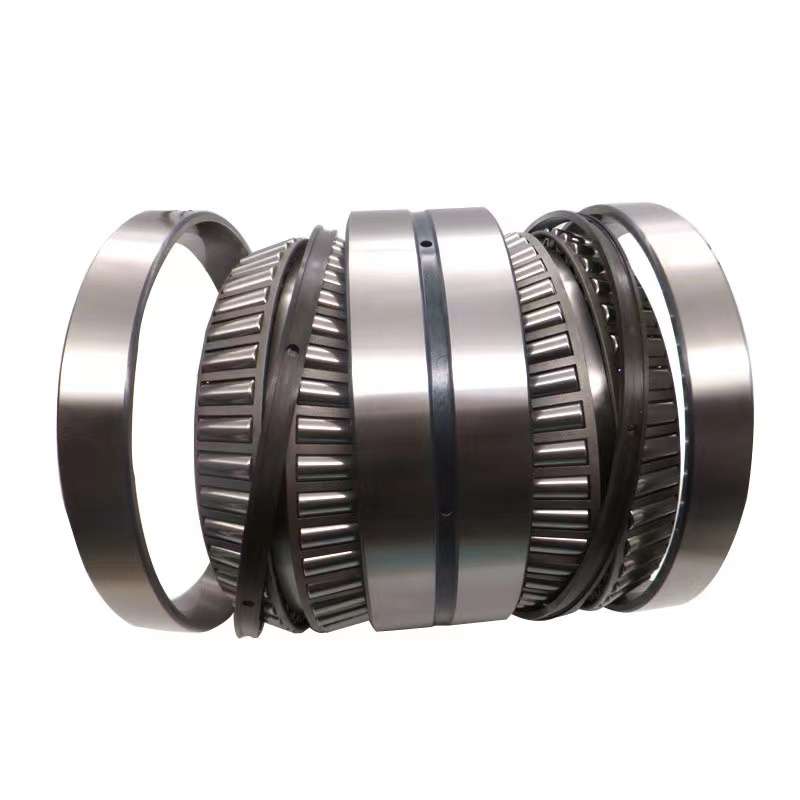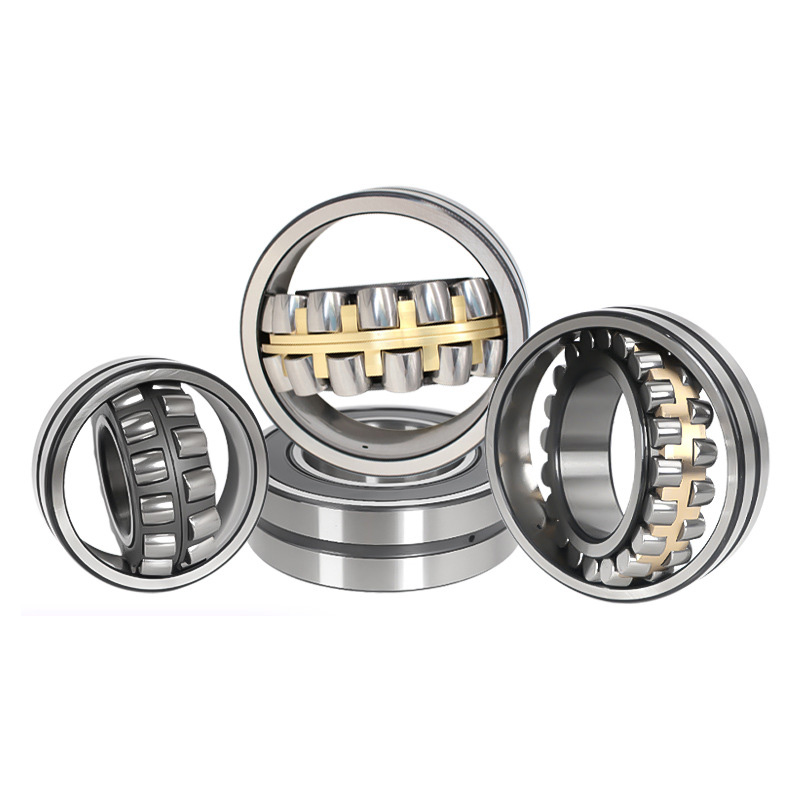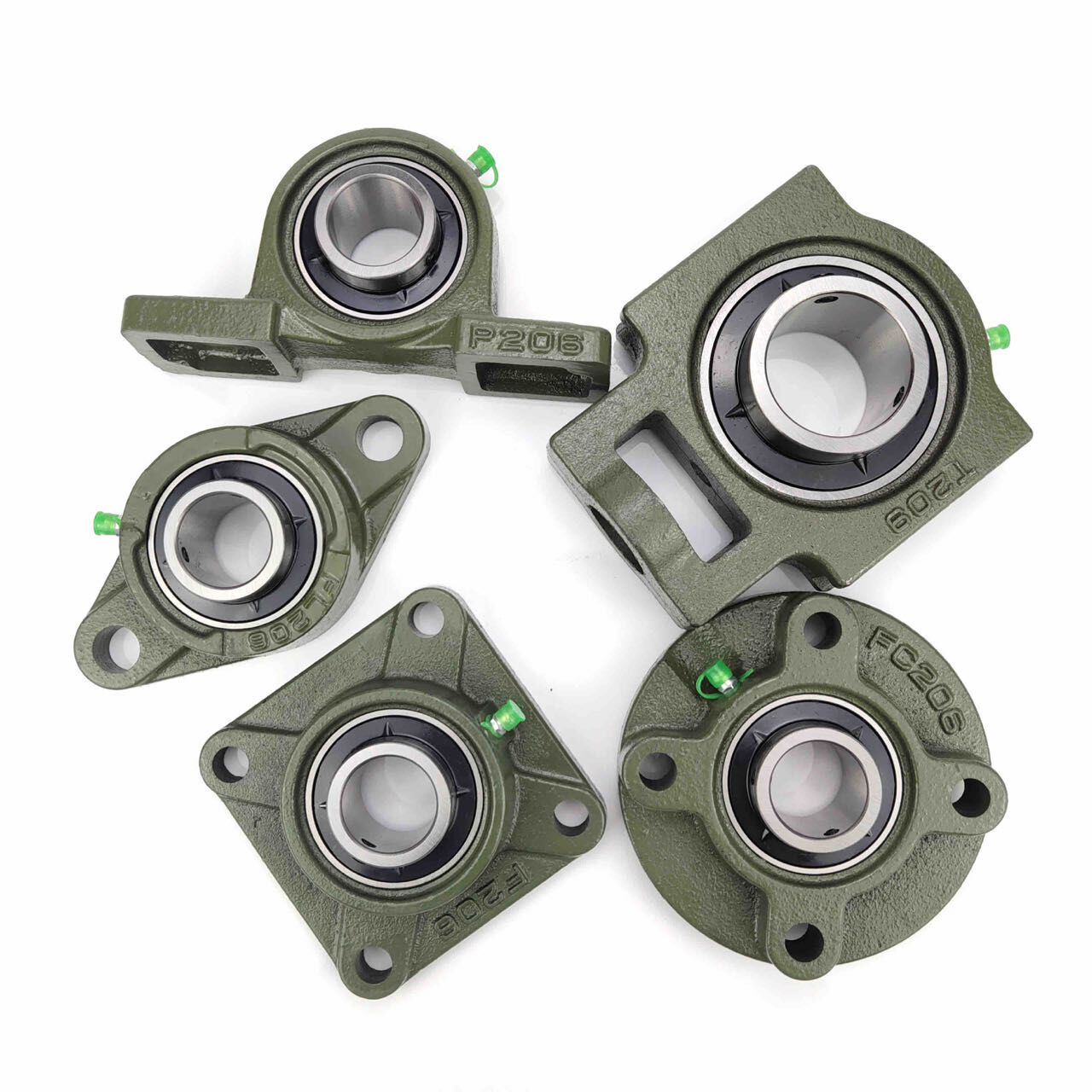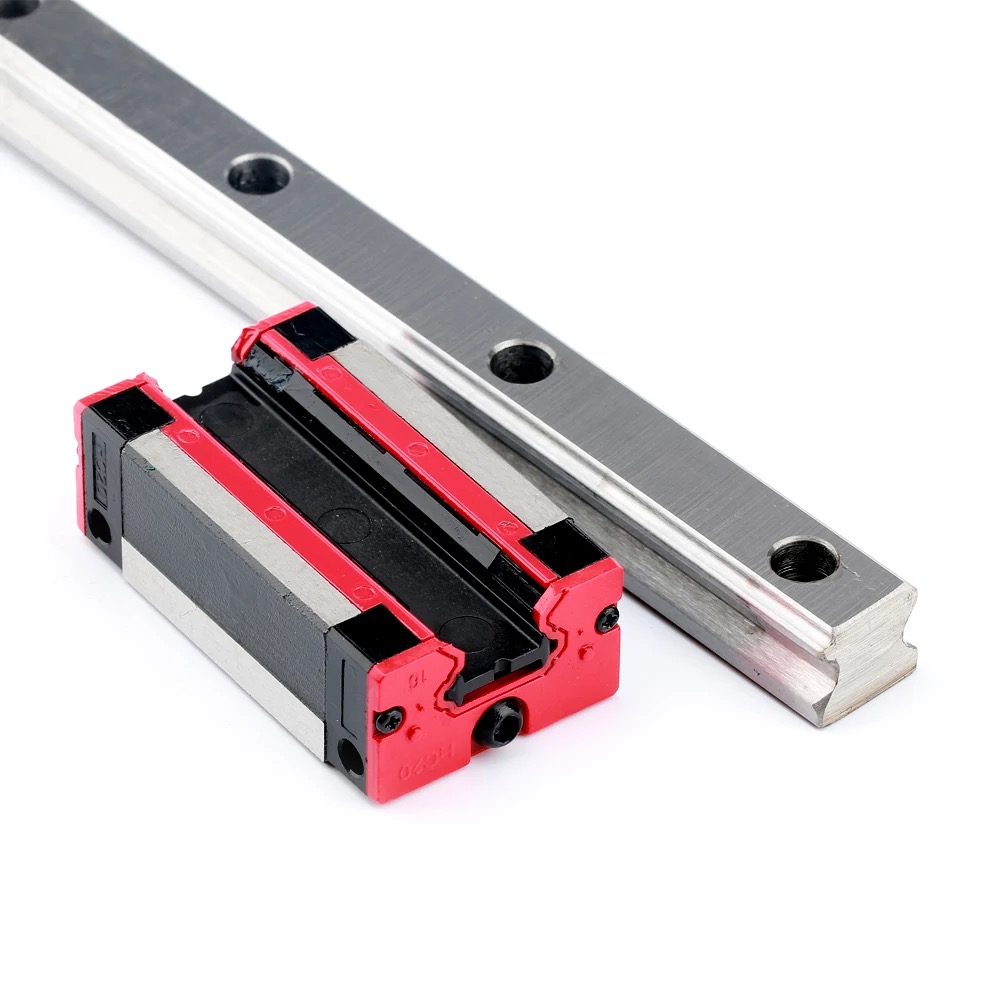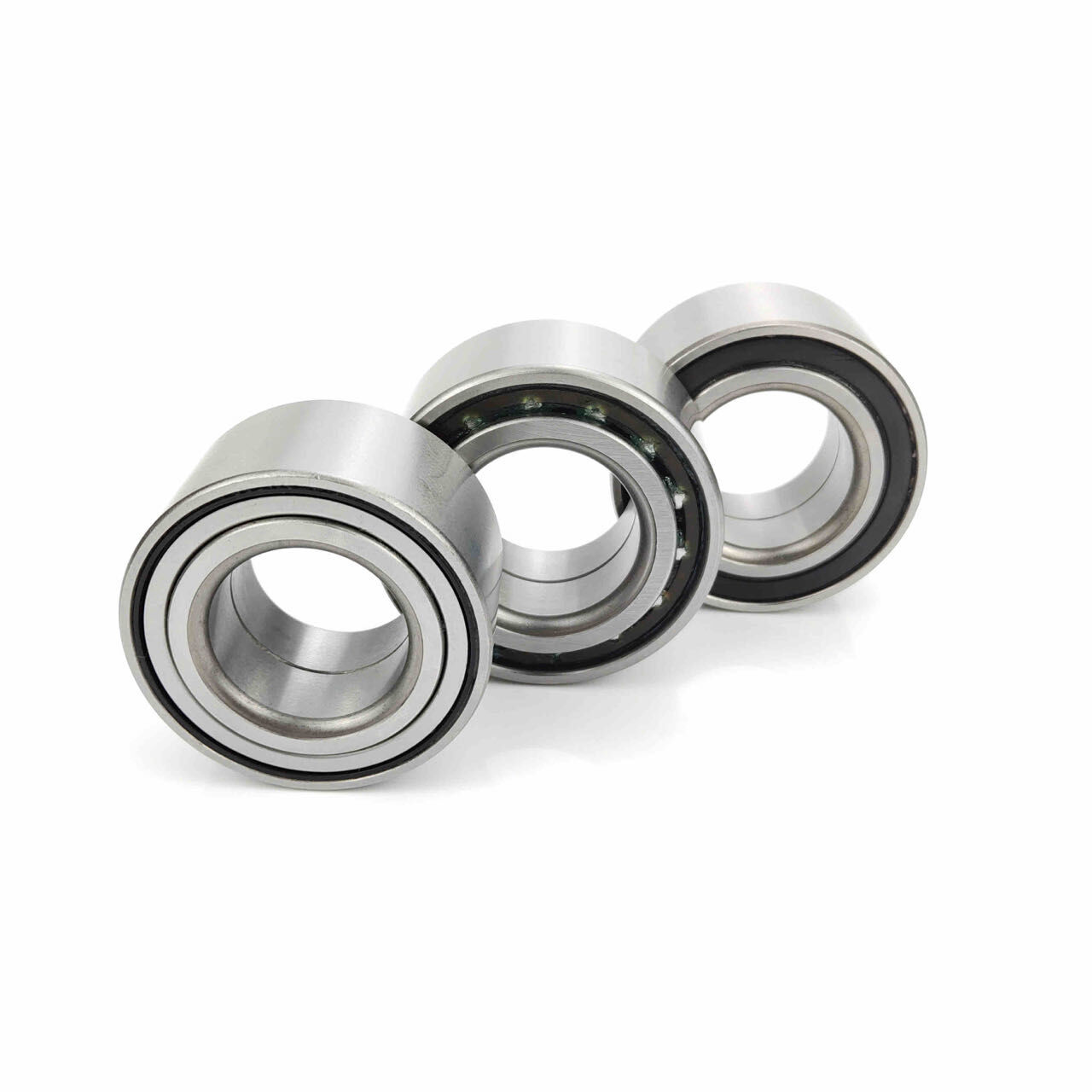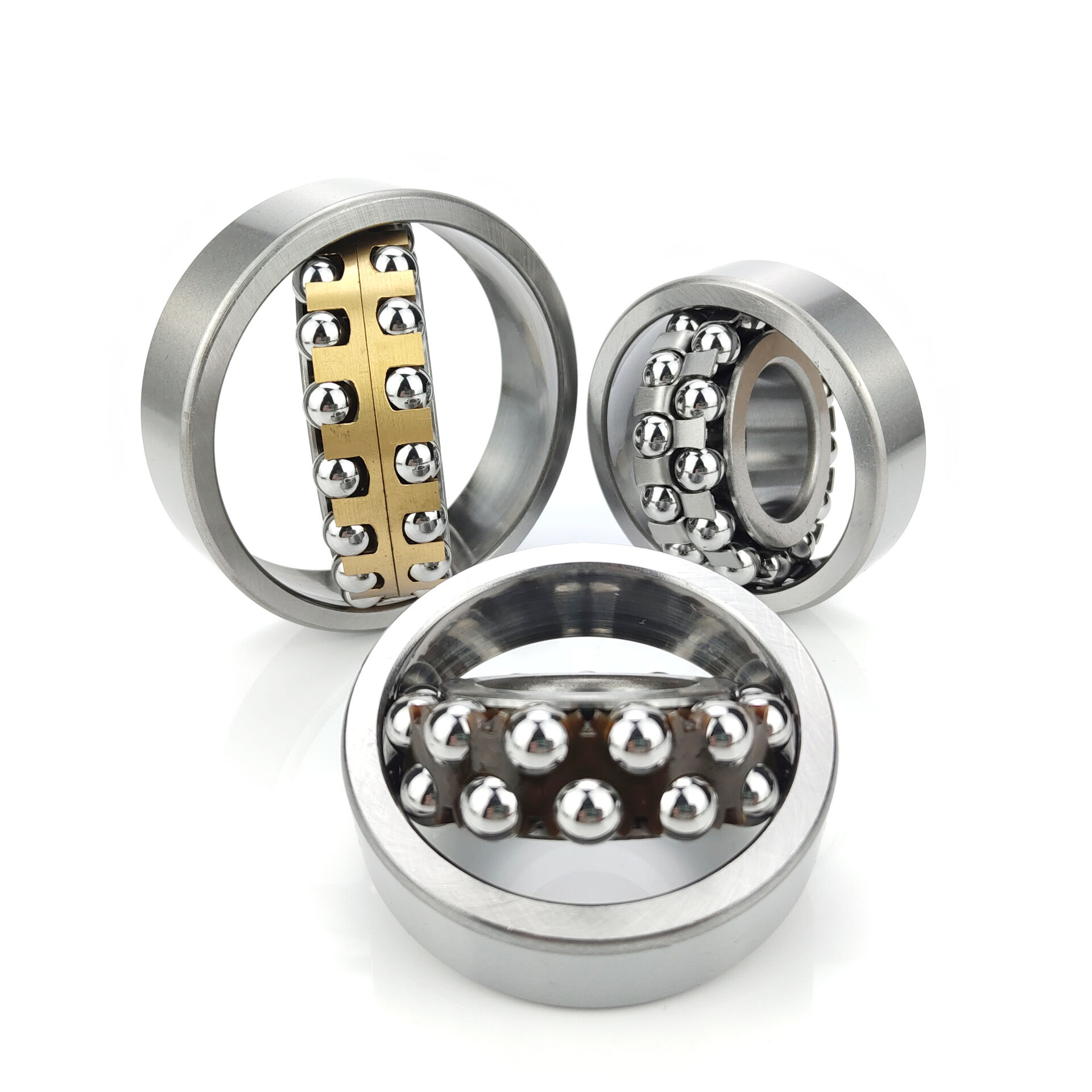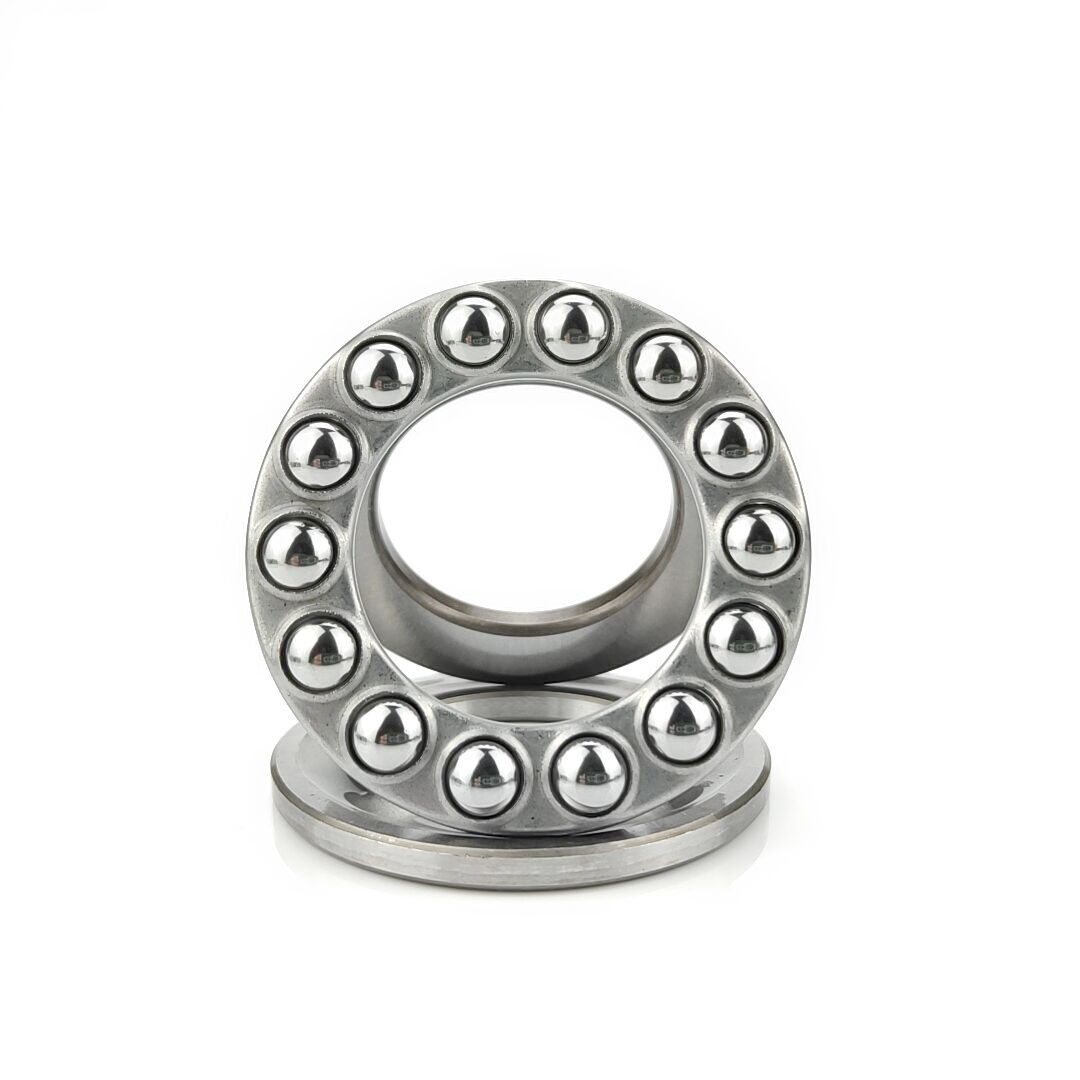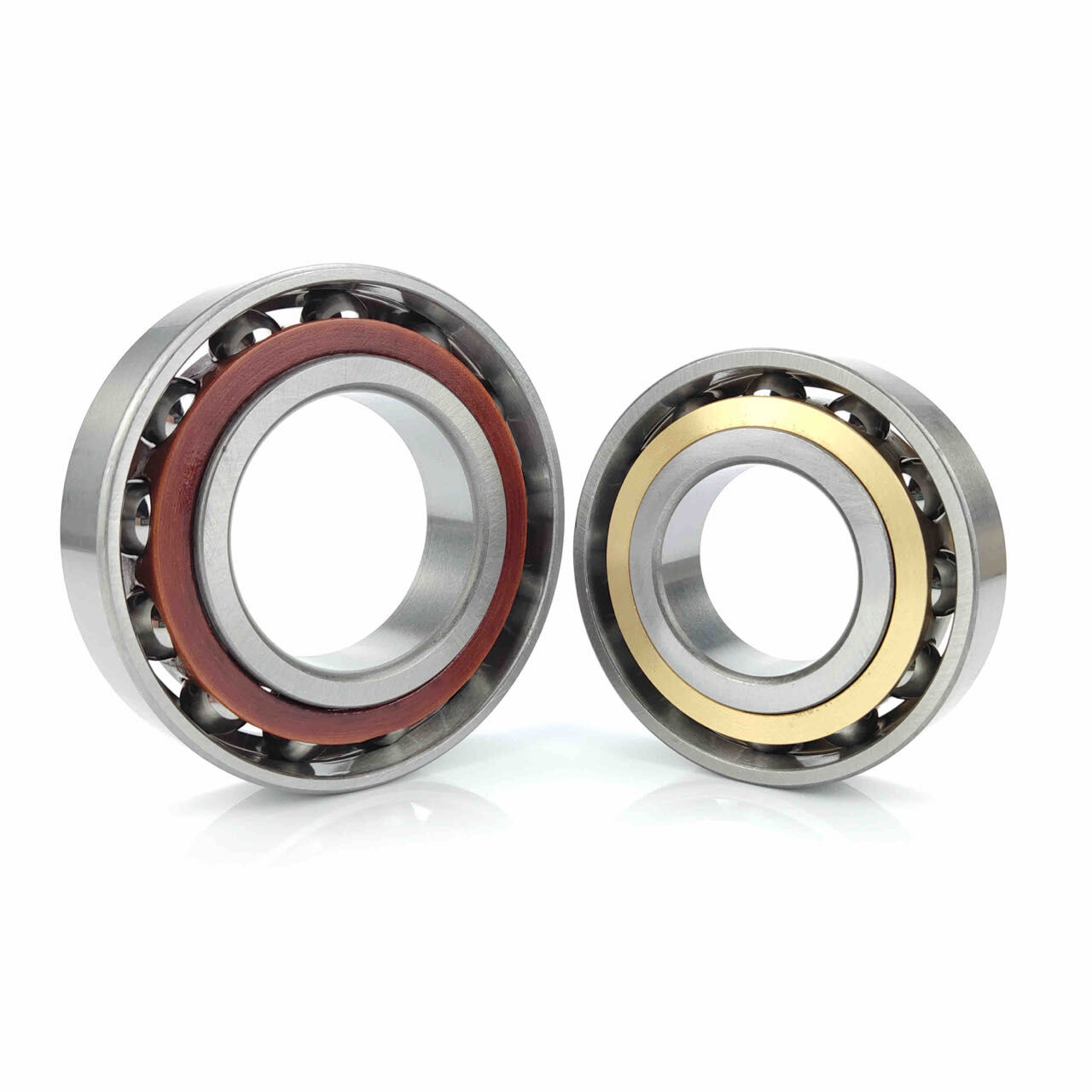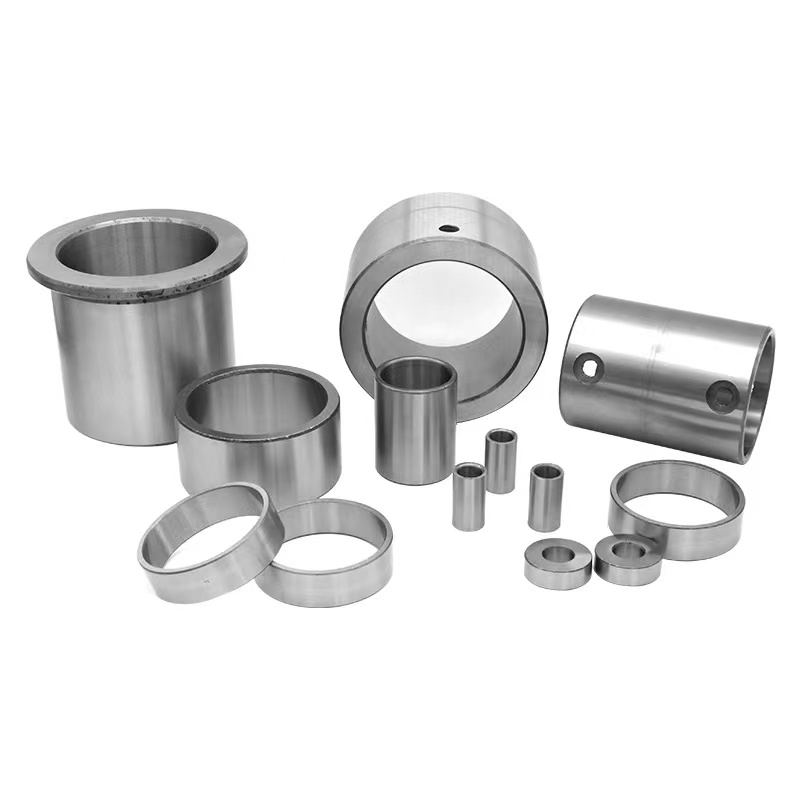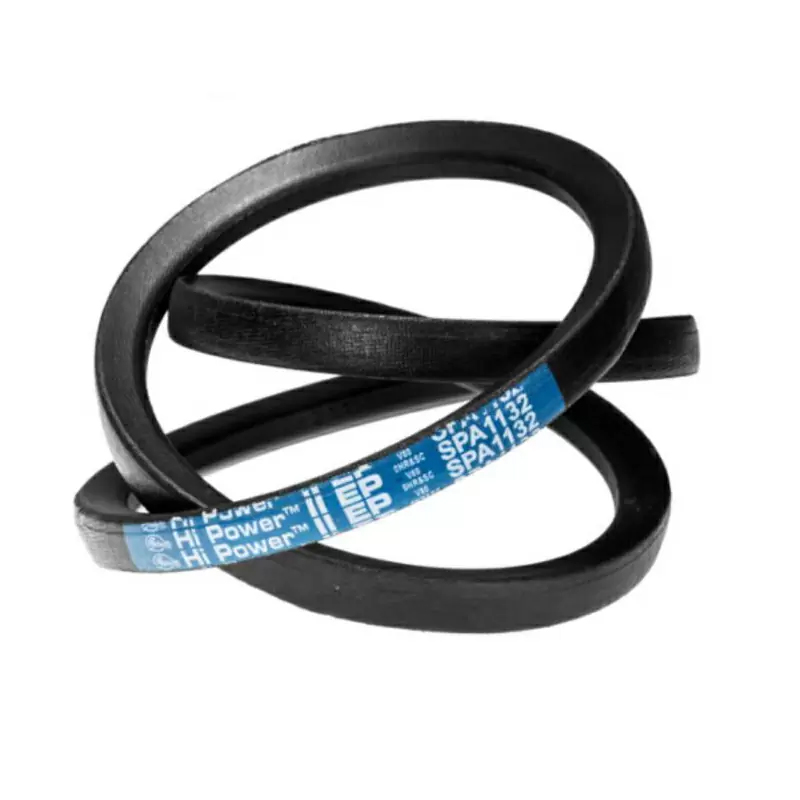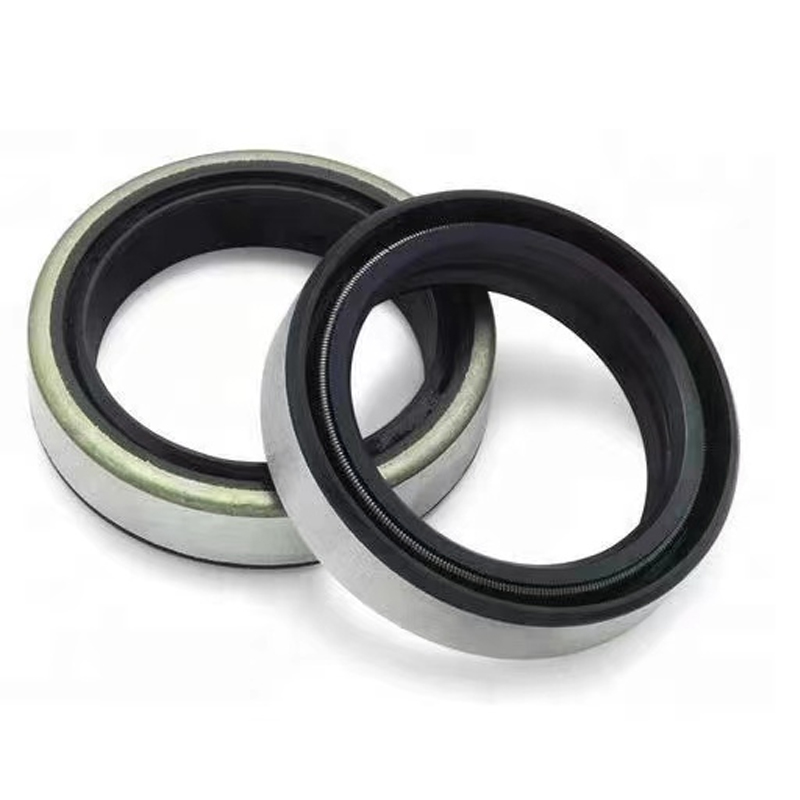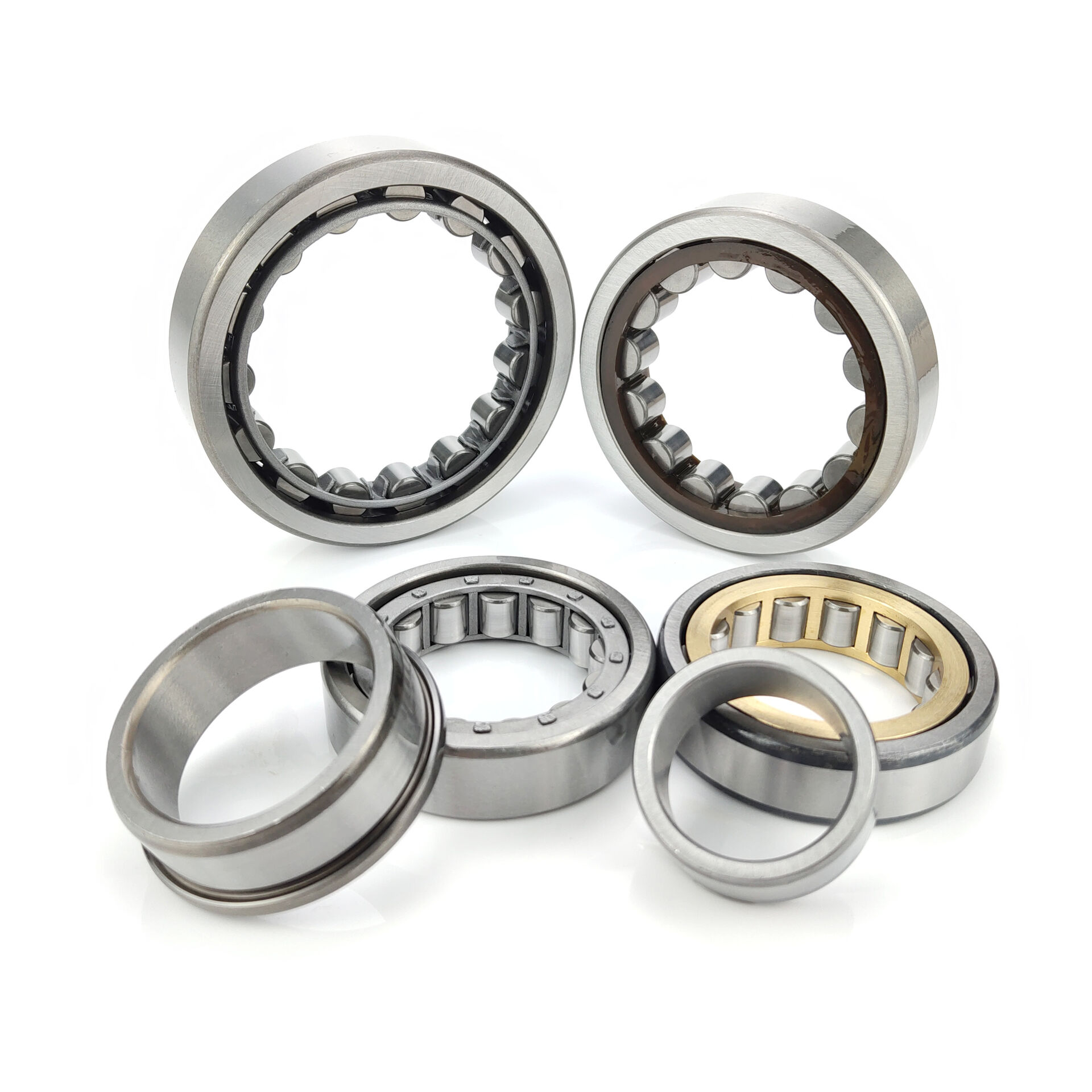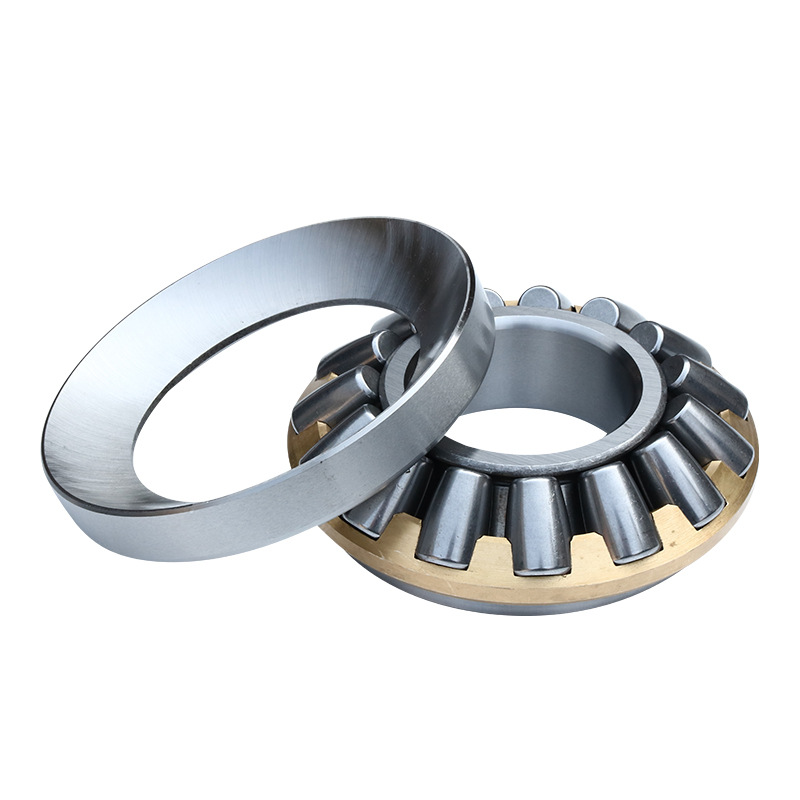Product Description
Deep groove ball bearings (GB/T 276—2003) The original list of radial ball bearings is the most widely used rolling bearing. It is characterized by small frictional resistance and high speed. It can be used on parts that bear radial loads or joint loads that act simultaneously in radial and axial directions, and can also be used on parts that bear axial loads, such as small-power motors, Automotive and tractor gearboxes, machine tool gearboxes, general machines, tools, etc.
Classification of deep groove ball bearings
(1) Miniature bearings - bearings with a nominal outer diameter of 26mm or less;
(2) Small bearings - bearings with a nominal outer diameter ranging from 28 to 55 mm;
(3) Small and medium-sized bearings - bearings with a nominal outer diameter ranging from 60-115mm;
(4) Medium and large bearings - bearings with a nominal outer diameter ranging from 120-190mm
(5) Large bearings - bearings with a nominal outer diameter ranging from 200-430mm;
(6) Extra-large bearings - bearings with a nominal outer diameter of 440mm or more;
Application of deep groove ball bearings
Deep groove ball bearings can be used in gearboxes, instruments, motors, household appliances, internal combustion engines, transportation vehicles, agricultural machinery, construction machinery, engineering machinery, roller skates, yo-yos, etc.
Deep groove ball bearing installation method one
Press fit: When the inner ring of the bearing is tightly fitted to the shaft, and the outer ring is loosely fitted to the housing hole, the bearing can be pressed onto the shaft first with a press, and then the shaft and the bearing are put into the housing hole together. When press-fitting, place an assembly sleeve made of soft metal material (copper or mild steel) on the end face of the inner ring of the bearing. Press it into the bearing seat hole first. At this time, the outer diameter of the matching tube should be slightly smaller than the diameter of the seat hole. If the bearing ring is tightly fitted with the shaft and the seat hole, the inner ring and outer ring should be pressed into the shaft and outer ring at the same time. The structure of the seat hole and the assembly sleeve should be able to press the end faces of the inner ring and the outer ring of the bearing at the same time.
Deep groove ball bearing installation method two
Heating fit: By heating the bearing or the bearing seat, using thermal expansion to change the tight fit into a loose fit installation method. It is a commonly used and labor-saving installation method. This method is suitable for the installation of bearings with large interference. Put the ring of the bearing or separable bearing into the oil tank and heat it evenly at 80-100°C, then take it out of the oil and install it on the shaft as soon as possible. Axial tightening can be carried out again. When the outer ring of the bearing is tightly matched with the bearing seat made of light metal, the heat-fitting method of heating the bearing seat can be used to avoid the mating surface from being scratched. When using the oil tank to heat the bearing, there should be a grid at a certain distance from the bottom of the tank, or the bearing should be hung with a hook. The bearing should not be placed on the bottom of the tank to prevent impurities from entering the bearing or uneven heating. There must be a thermometer in the tank. Strictly control the oil temperature not to exceed 100°C to prevent the tempering effect and reduce the hardness of the ferrule
Message
Related Products
Chat Online







